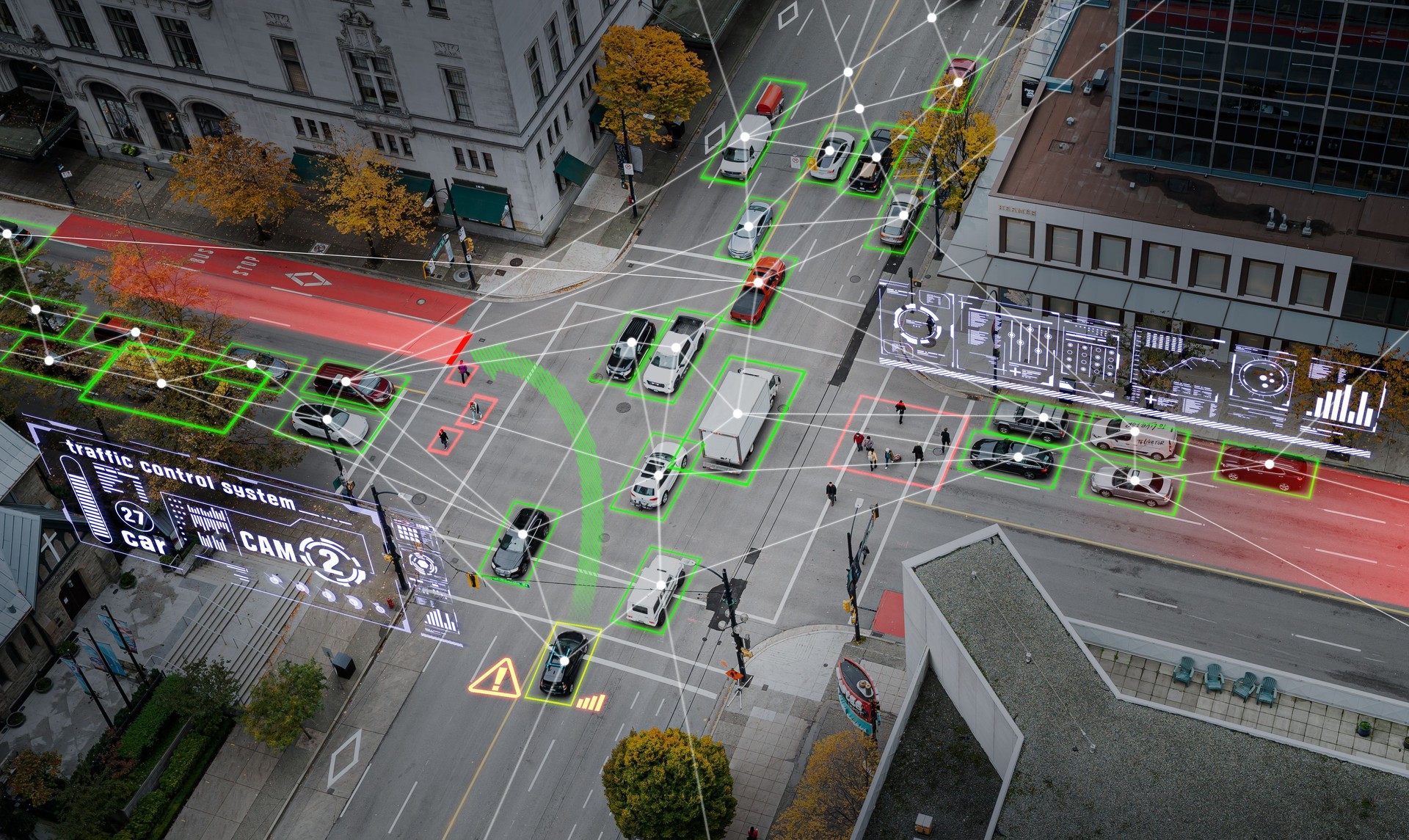
The digital ecosystem: Equal parts strategy and structure

Delivering on the promise of digital cities will be no easy task. Despite the proliferation of new urban technologies that work interdependently across systems and domains, there is still a tendency to treat them as siloed entities, which brings forward many operational challenges. To solve this, we need to extend the notion of a seamless digital ecosystem of technologies.
The way forward requires us to not focus exclusively on the underlying technology or platform, but more on the end-user constituent experience. In other words, redefining the way we use digital programming to quantify the qualitative elements of designing and planning safe, inclusive and sustainable cities.
Reframing digital ecosystems
Realizing the potential of a seamless digital ecosystem starts with keeping local communities at the forefront, using data purposefully, building on strategic partnerships and creating an ecosystem of ecosystems. It is critical to investigate these in further detail.
Connecting to local communities
To build a city culture that can withstand crises, there is the need to develop strong bonds with the community. Involving and incorporating knowledge of local communities has the potential to broaden and democratize decision-making and increase the effectiveness of actions and policies in dealing with future challenges. A pathway to engage communities in data collecting should consider digital inclusion, precise task distribution, giving credit and ensuring data privacy protection.
Introducing data mosaics
While data has an immense role in the design and planning of urban environments, data itself is not neutral, nor is it without a domain. With increasing frequency, designers are awakening to the datasets and databases of other fields such as urban ecology, environmental management and public health. A data mosaic is a multi-domain, unstructured data complex. Its contributors might originate from multiple professions with different aims and ambitions. Data mosaics see the gaps in their collective understanding of urban environments as quickly as they see the opportunities to participate in transdisciplinary collaborations.
Building strategic partnerships
When you connect customers, partners, applications and all the respective technology — hardware or software, information technology (IT), or operational technology — a digital ecosystem can deliver significant growth, innovation and customer satisfaction. These shared platforms and curated environments allow stakeholders to join forces, co-create and innovate. As more partners join, ecosystems can bring new products and services to market faster. They focus on speeding up the change, creating new revenue streams, and facilitating public-private collaboration. This creates powerful tools capable of tackling complex problems, such as the accelerating use of AI and technology to deliver sustainable solutions.
Creating an ecosystem of ecosystems
Participating in — or even establishing — a digital ecosystem is about building scale. It is about transitioning from offering a product or solution, to providing a business platform that helps others create and consume value. For example, AECOM is at an early development stage of showcasing a potential Integrated Digital Twins Platform, which incorporates a Climate Twin, a Planning Twin, a Design and Construction Twin, an Operations Twin, and more.
The goal is to establish and test the Digital Twins Platform while building the capability to customize and scale the platform based on project needs and client requirements for different geographies. Using the digital ecosystem process, we do not turn on all the data points, but instead focus on the few datasets that add value for our clients, based on specific outcomes that have been identified.
For instance, AECOM recently onboarded a large facility of assets for a prominent commercial real estate developer, deploying our Operations Twins on roughly 1,500 plots of different building types, land use types and zones. This has allowed us to capture real-time operational data tied to energy usage across the entirety of their development. The data captured is then fed into our Planning Twin, so instead of having an estimated average energy use per square meter for a building type, we are able to leverage real-time data to inform the carbon impact of a new master plan, which will help the client succeed on their commitment to sustainability goals.
As urban designers and planners, it is critical to ensure that the work we deliver has a multidisciplinary and collaborative approach where different disciplines such as environment, economics, public health, social well-being, and sustainable infrastructure are considered.
This is why it is imperative to focus on building an ecosystem where cross-sectoral engagement is possible on an integrated digital interface, which will enable us to identify, test and compare development scenarios which are backed by a holistic data-driven analysis framework.
Only then can we expect to deliver the promise and potential of a sustainable digital city.
